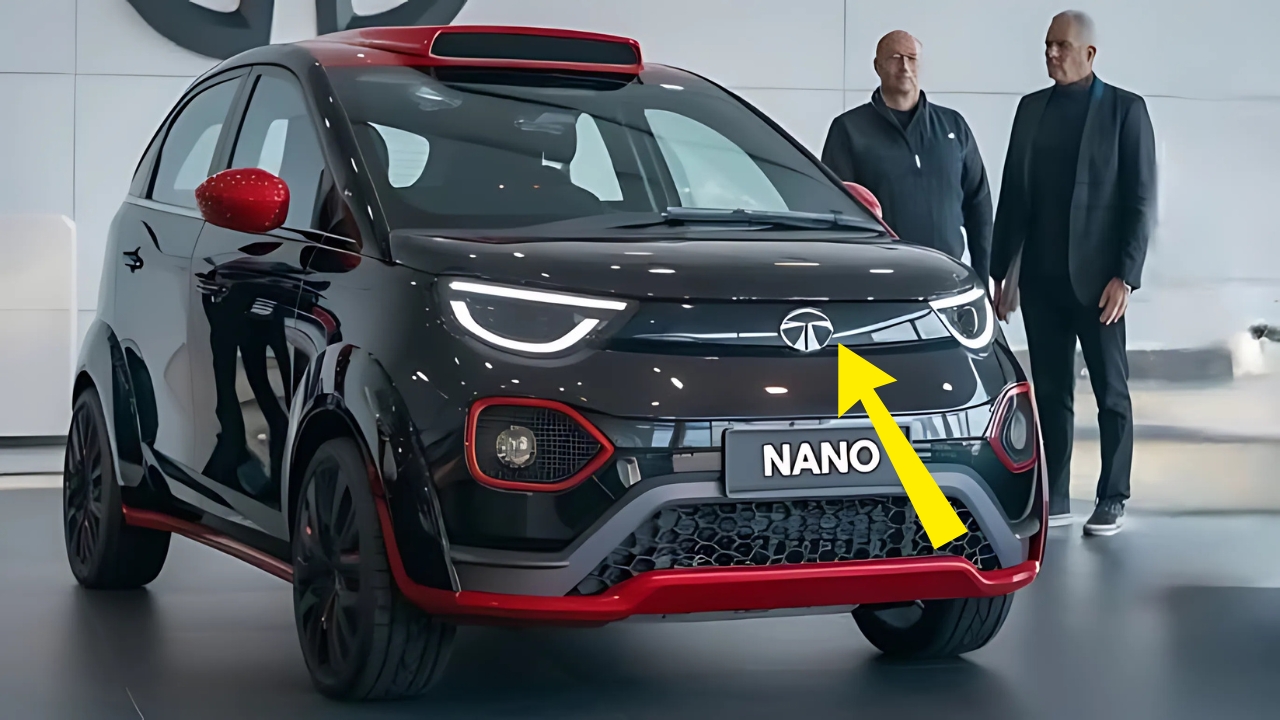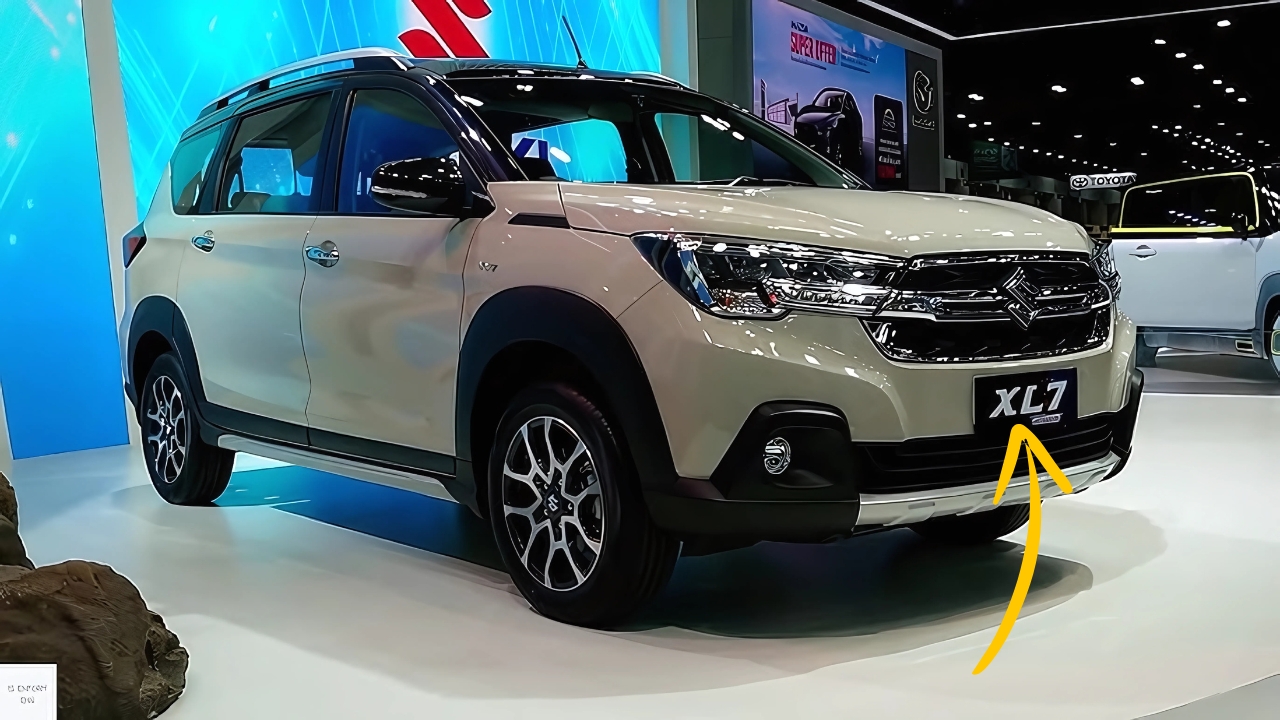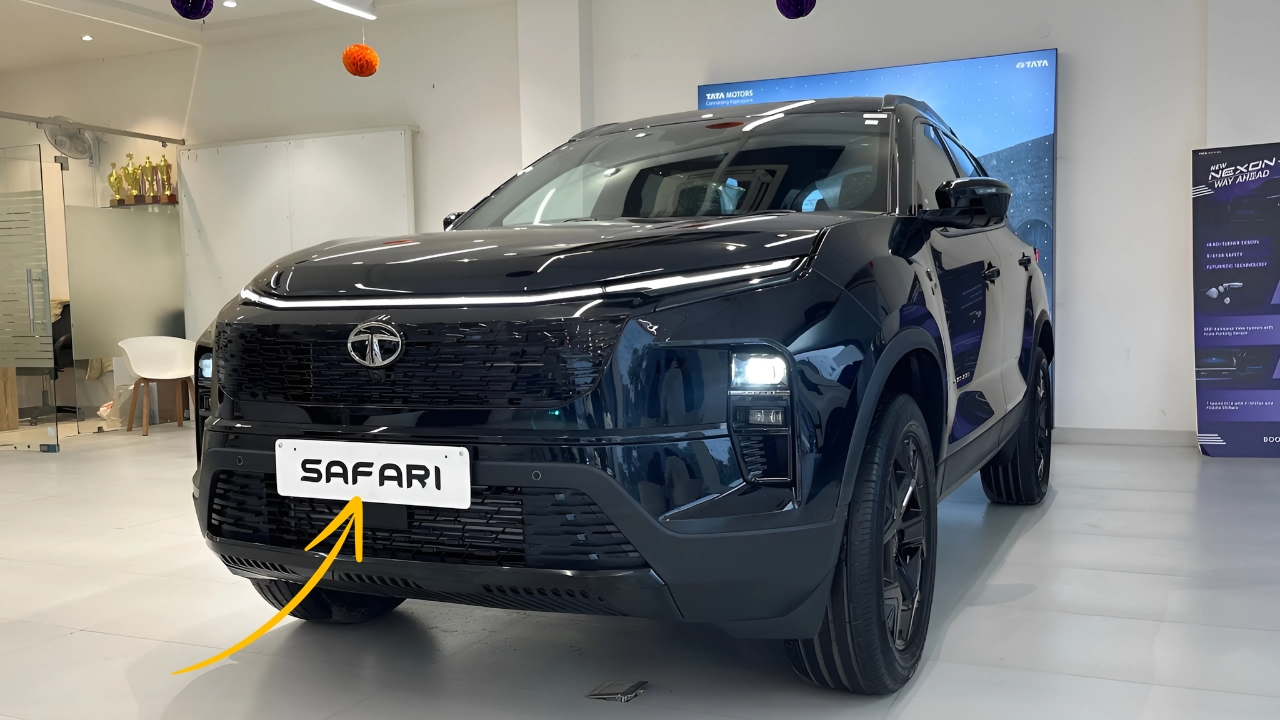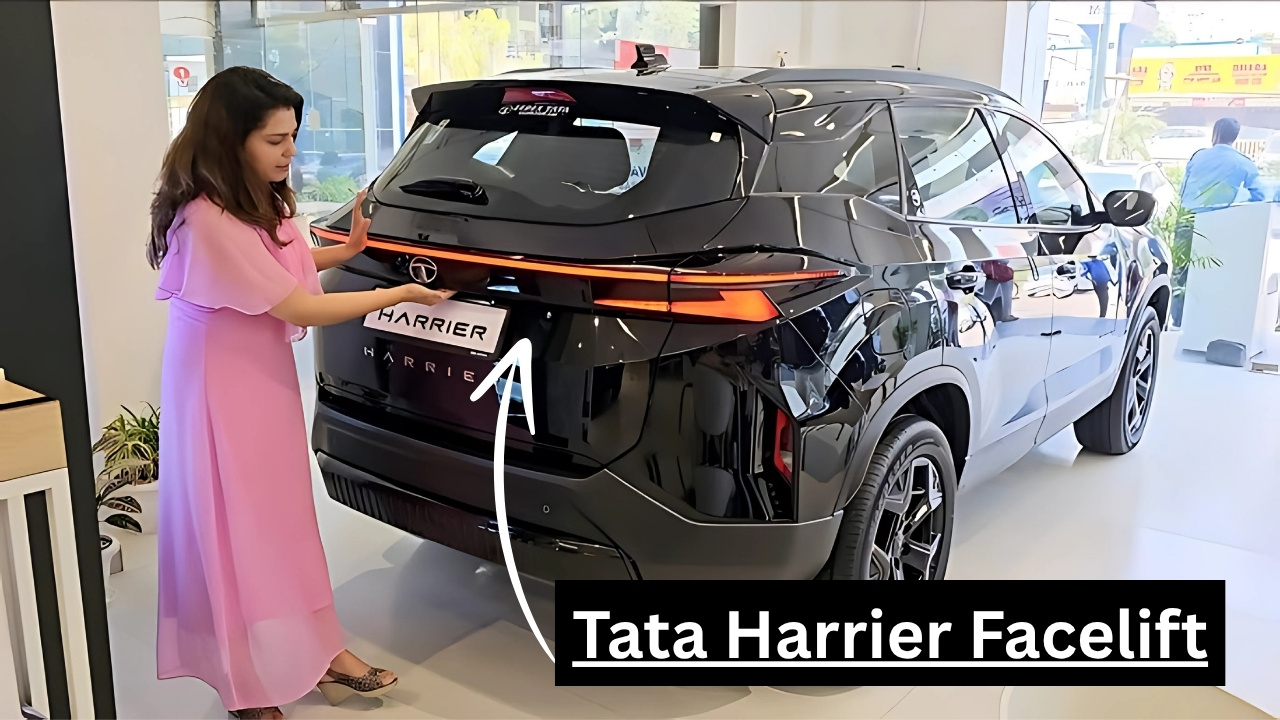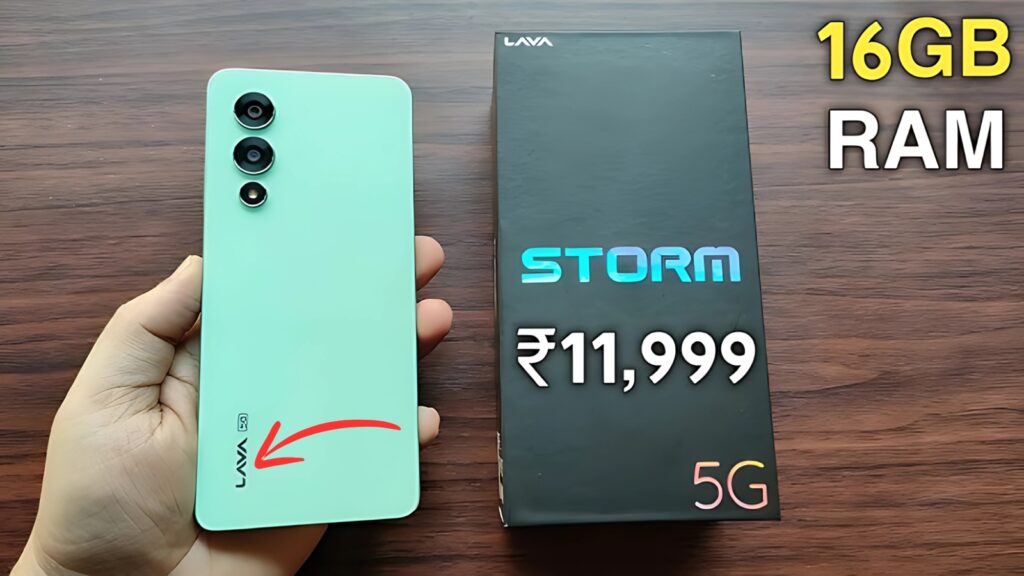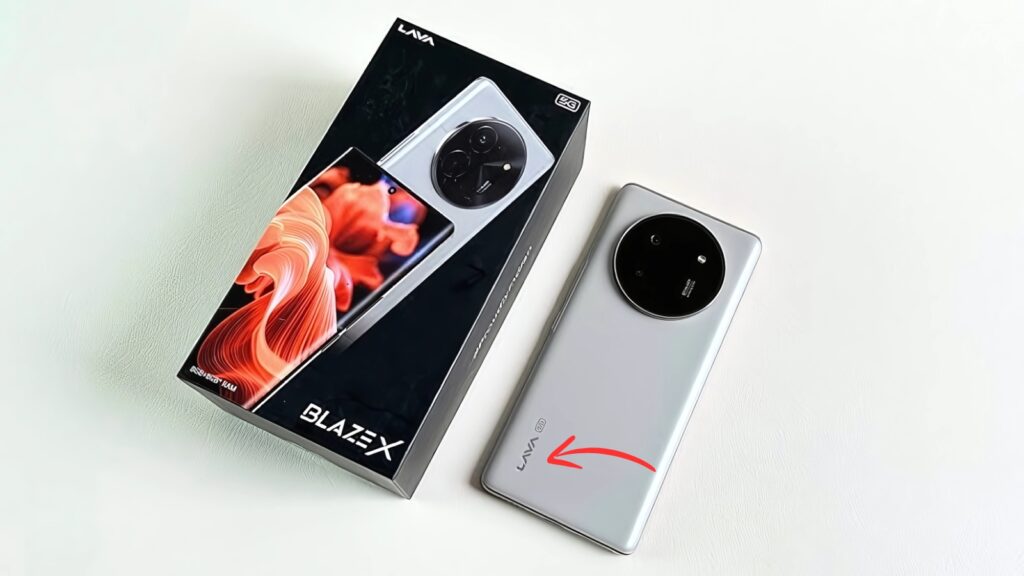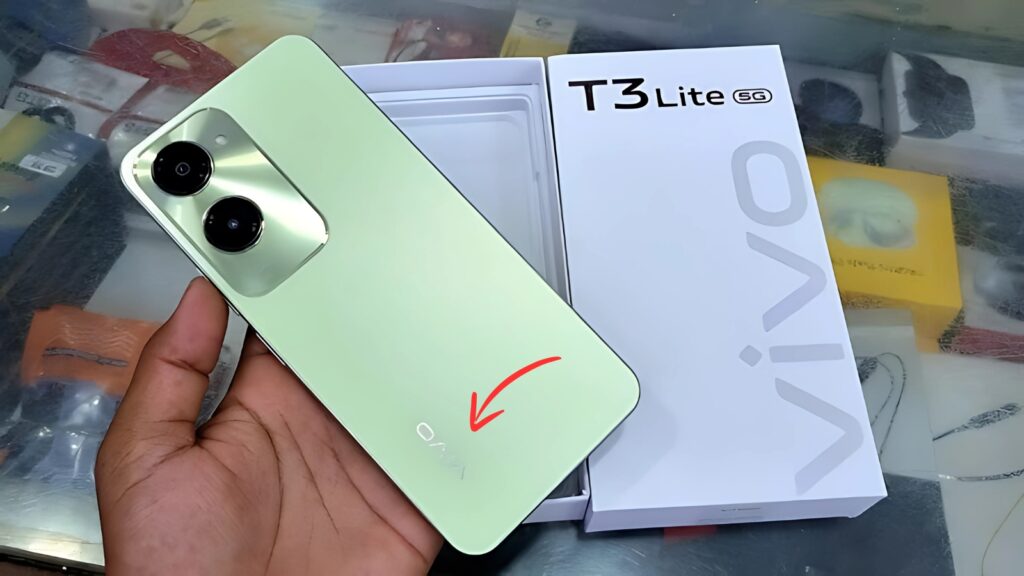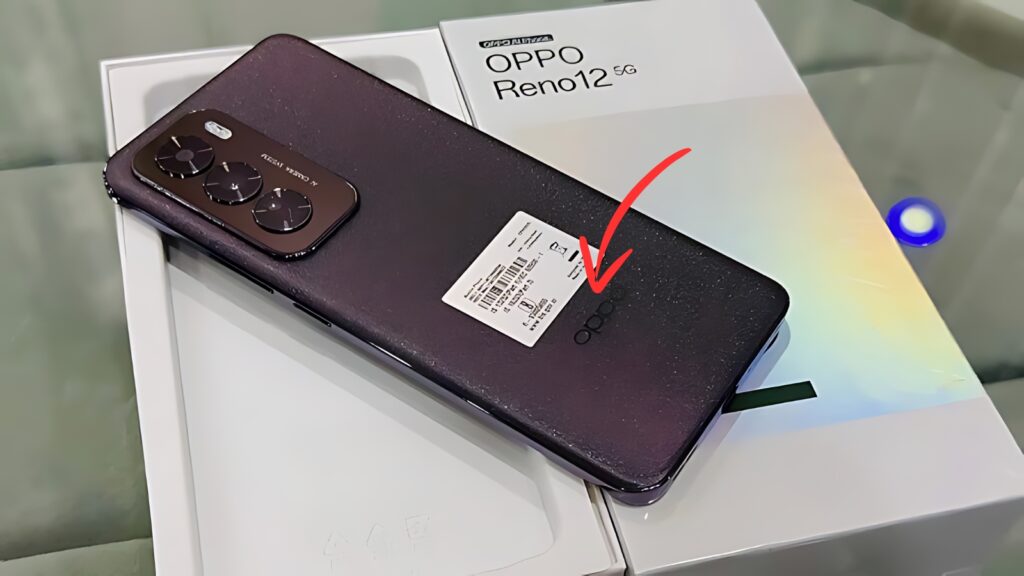Tata Nano EV : The original Tata Nano captured global attention as the world’s most affordable car, though its journey proved more complex than initially envisioned.
Now, Tata Motors prepares to resurrect this iconic nameplate with a twist that could redefine urban mobility—the Nano EV brings electric power to the masses.
This reimagined vehicle represents more than nostalgia; it’s a calculated response to rising fuel costs, urban pollution, and the growing demand for sustainable transportation solutions.
Reimagining an Icon for Electric Era
The Nano EV maintains the original’s compact footprint while embracing modern design language. Gone are the bubble-like curves that made the original instantly recognizable yet polarizing.
The new design features sharper lines, LED lighting signatures, and a closed-off grille area that immediately signals its electric nature. The overall aesthetic feels contemporary without abandoning the Nano’s approachable character.
Size remains the Nano EV’s superpower in congested urban environments. At just over 3 meters long, it navigates narrow lanes and fits into parking spaces that leave other cars circling endlessly.
The turning radius promises to be class-leading, making U-turns and tight maneuvers effortless. For millions of urban dwellers who spend hours in traffic, these dimensions translate directly into reduced stress and improved quality of life.
Battery Technology and Range Reality
Tata engineers faced a crucial challenge: balancing battery capacity with affordability. The solution involves a modular battery architecture offering multiple capacity options.
The base variant features a 24 kWh battery pack promising approximately 200 kilometers of real-world range. While this might seem modest compared to premium EVs, it perfectly suits urban usage patterns where daily commutes rarely exceed 50 kilometers.
The higher variant ups capacity to 30 kWh, extending range to roughly 250 kilometers. This provides comfortable buffer for weekend trips or unexpected detours. More importantly, smaller batteries mean faster charging times and lower replacement costs—critical factors for price-sensitive buyers.
The battery placement beneath the floor lowers the center of gravity, improving stability despite the tall stance.
Charging Infrastructure Integration
Understanding that home charging isn’t feasible for many urban residents, Tata plans innovative charging solutions. The Nano EV supports standard 15-amp plug charging, meaning any regular household socket becomes a charging point.
Overnight charging fully replenishes the battery, while even few hours provide sufficient range for daily needs. This eliminates dependence on specialized charging infrastructure.
Fast charging capability allows 0-80% charging in approximately 45 minutes using DC fast chargers. Tata’s expanding charging network, combined with government initiatives, ensures growing accessibility.
The company also explores battery swapping possibilities, where depleted batteries get exchanged for charged ones in minutes. This approach could revolutionize EV adoption in dense urban areas where charging time remains a barrier.
Interior Space Magic
Despite compact exterior dimensions, the Nano EV surprises with interior roominess. The electric architecture eliminates transmission tunnels and engine compartments, maximizing passenger space.
Four adults fit comfortably, with adequate headroom even for taller occupants. The upright seating position aids ingress and egress—particularly valuable for elderly passengers who struggle with low-slung vehicles.
Storage solutions show clever thinking throughout. Door pockets accommodate large bottles, the dashboard features multiple cubby holes, and even a small frunk (front trunk) provides space for charging cables or groceries.
The flat floor enables creative seating arrangements, with rear seats folding to create surprising cargo capacity. Urban families will appreciate this flexibility for everything from school runs to furniture shopping.
Technology for Modern Times
The Nano EV embraces digital features expected by contemporary buyers. A touchscreen infotainment system provides navigation, vehicle information, and smartphone connectivity.
Rather than overwhelming users with complexity, the interface remains intuitive with large icons and logical menu structures. Voice commands in multiple Indian languages ensure accessibility across diverse user bases.
Safety technology includes dual airbags, ABS with EBD, and reverse parking sensors as standard. The electric architecture enables features like hill hold assist and regenerative braking that enhance both safety and efficiency.
A connected car platform allows remote monitoring of charging status, location tracking, and emergency assistance. These aren’t luxury features anymore—they’re expectations even in affordable segments.
Manufacturing and Sustainability
Tata’s manufacturing approach emphasizes sustainability beyond just electric propulsion. The Sanand plant, where Nano EV production will likely occur, increasingly relies on renewable energy.
Recycled materials feature prominently in interior components, while the modular design facilitates easier end-of-life recycling. This holistic approach appeals to environmentally conscious buyers who consider total lifecycle impact.
Local sourcing reduces both costs and carbon footprint. The made-in-India batteries, motors, and electronics showcase growing domestic capability in EV technology.
This localization strategy helps achieve aggressive pricing while supporting the broader Make in India initiative. Government incentives for electric vehicles further improve affordability, potentially bringing ownership costs below comparable petrol vehicles.
Market Positioning and Impact
The Nano EV targets first-time car buyers, urban families seeking second vehicles, and commercial applications like last-mile delivery.
Predicted pricing between ₹6-8 lakhs positions it as India’s most affordable electric car, undercutting current options significantly. This pricing could trigger the mass EV adoption that premium models haven’t achieved.
Fleet operators show particular interest, calculating lower running costs and reduced maintenance requirements. The compact dimensions suit delivery operations in congested areas, while electric operation enables 24/7 usage without noise restrictions.
Corporate buyers appreciate the sustainability credentials for meeting environmental commitments. Even ride-sharing platforms express interest in an affordable electric option.
Challenges and Opportunities
Success isn’t guaranteed despite compelling propositions. The original Nano’s mixed reception teaches valuable lessons about market perception and positioning.
Tata must carefully balance affordability messaging without triggering the “cheap car” stigma that plagued its predecessor. Marketing emphasizes smart urban mobility rather than just low cost.
Range anxiety remains real despite suited urban usage patterns. Education campaigns must demonstrate how 200 kilometers sufficiently covers typical needs.
Building confidence in battery longevity and replacement costs requires transparent communication and strong warranty support. Early adopter experiences will significantly influence broader acceptance.
Tata Nano EV Driving Change Forward
The Tata Nano EV represents more than just another electric vehicle launch. It could democratize electric mobility in one of the world’s largest automotive markets, proving that sustainable transportation needn’t remain exclusive to the affluent.
By addressing real urban mobility challenges with practical solutions, the Nano EV might finally fulfill the original vision of transforming how India moves—just with electrons instead of petrol.
